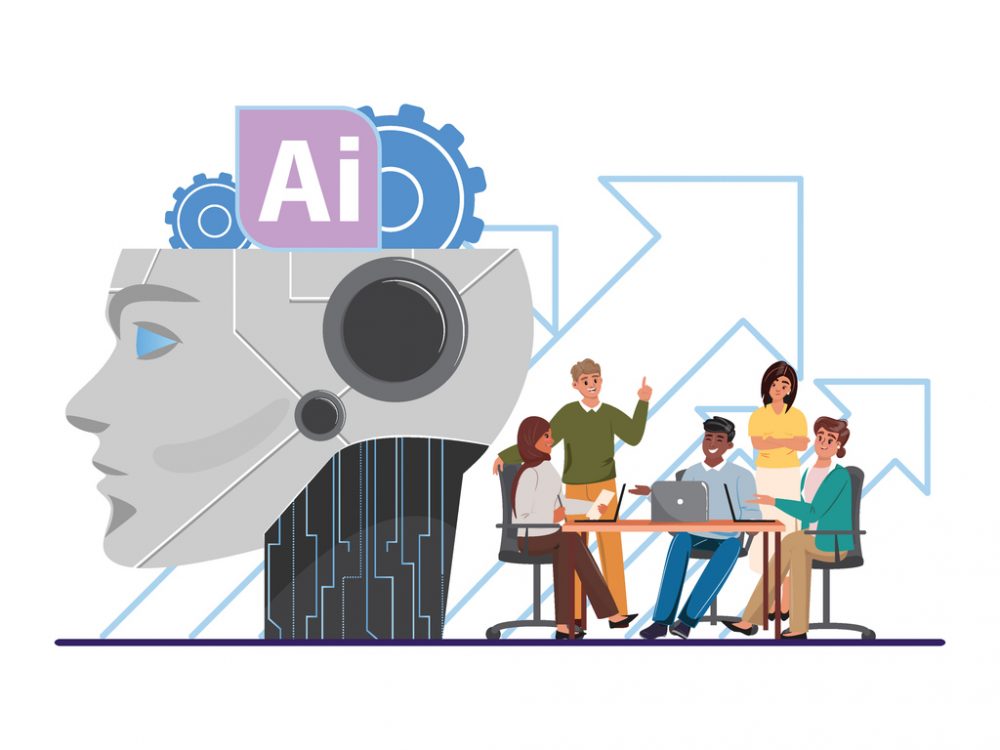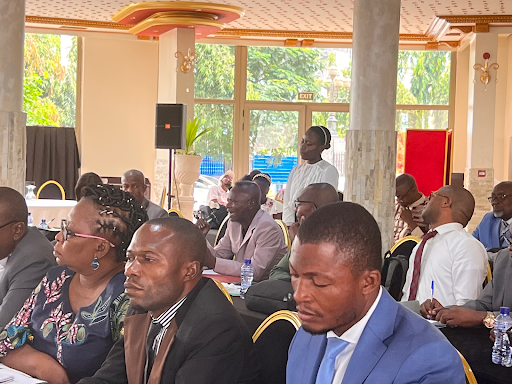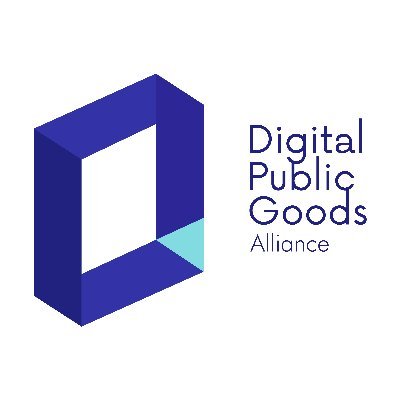Why Open Doesn’t Mean All: Hedging Against the Technology Matthew Effect
What makes technology attractive for a user? Why would one change their behavior to adapt to something they aren’t used to using? I’ve been doing a lot of thinking around what makes technology (or really any product) useable and “inclusive.” As an organization that aims to help those in the development space get and use the information they need to improve lives, we’re constantly thinking about the best ways to bring people into a culture of product use.
We’re in step with other organizations and companies working to make technology more inclusive. Sean McDonald of FrontlineSMS’s recent piece on the Open (Data) Market pushes this concept further. He explores the actual beneficiaries of open licensing, citing the misplaced belief that open means access for all. He also references the Technology Matthew Effect, which says that with all things equal, the rich get richer, the poor get poorer. You could remove “open” from his argument to talk about “data” and “technology” to arrive at a similar conclusion: Without purposeful inclusion of those who are not targeted in the typical market, the tech4dev community may increase the gap between the tech-rich and the tech-poor.
My colleague Paige Kirby recently traveled to Timor-Leste as part of a team that is working to understand how data and technology are used to make decisions about development assistance. She came back with an anecdote that got my wheels turning. When discussing challenges to data use, a development partner shared a common pitfall with technology: when a tool is designed for all users, it benefits none. By trying to make something appeal simultaneously to “techie” and “non-techie” users, we run the risk of meeting each user’s needs halfway. Without designing for a particular audience, our technology won’t have much uptake.
“If you build it, [they all] will come” may have worked for Mr. Costner, but it should not be the driving force behind tech4dev solutions. We need to actively work to define the “they” as those who may be forgotten, or those who may typically have difficulty accessing data, particularly dashboards, maps, etc. By doing this, we can actively hedge against the Matthew Effect in data tools and tech4dev to allow for demand (and use!) to meet the supply (of technology, data, and tools) by designing for low and lowest-capacity users.
Image Credit: Enviu CC BY-NC 2.0
Share This Post
Related from our library

Beyond Kigali: Where Does Africa Go from Here with AI?
As governments, funders, entrepreneurs, and technology leaders rally around the AI moment and move towards actions, at Development Gateway, we are asking a different set of questions: Where is the data, and what is the quality of the data behind the algorithms? How will legacy government systems feed AI tools with fresh and usable data? Are Government ministries resourced to govern and trust the AI tools that they are being encouraged to adopt?

Stakeholder, Where Art Thou?: Three Insights on Using Governance Structures to Foster Stakeholder Engagement
Through our Tobacco Control Data Initiative (TCDI) program and its sister program Data on Youth and Tobacco in Africa (DaYTA), we have learned that creating governance structures, such as advisory boards or steering committees, is one approach to ensuring that digital solutions appropriately meet stakeholders’ needs and foster future stakeholder engagement. In this blog, we explore three insights on how governance structures can advance buy-in with individual stakeholders while connecting them to one another.

DG’s Open Contracting Portal Designated as a Digital Public Good
Digital Public Goods Alliance designated DG’s Open Contracting Portal as a digital public good in September 2022. The Portal provides procurement analytics that can be used to improve procurement efficiency and, in turn, reduce corruption and increase impact.